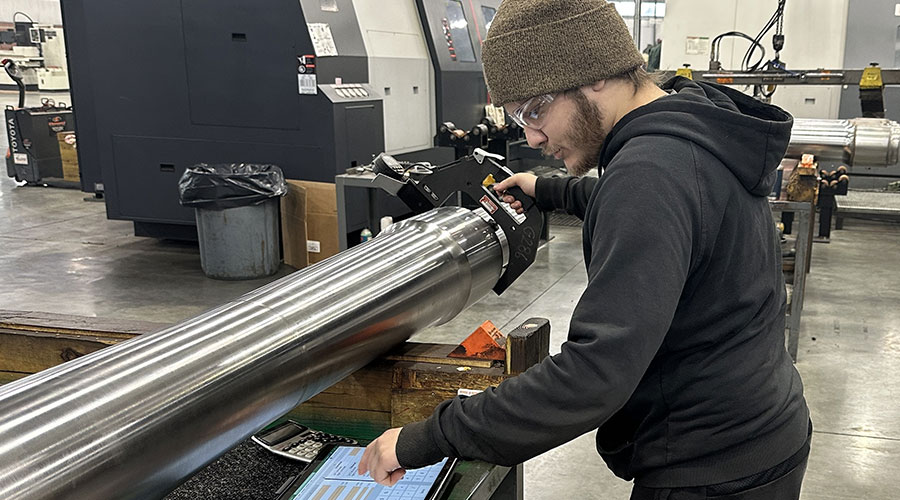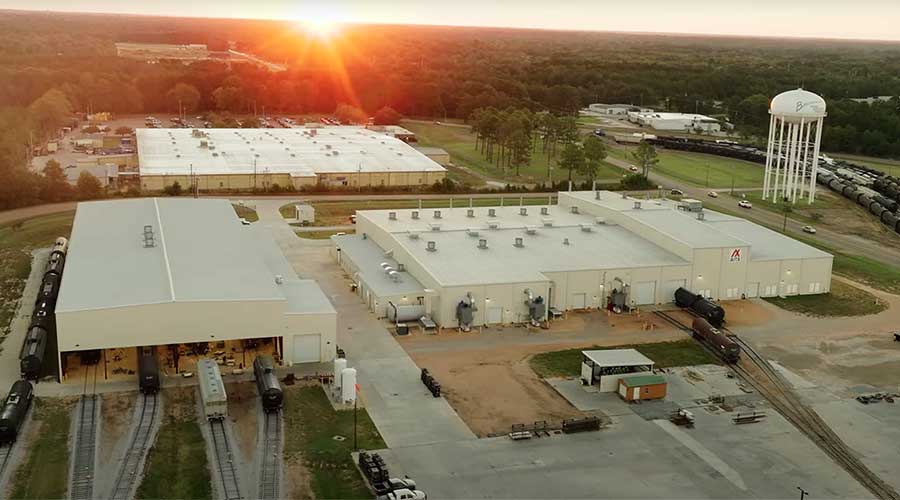Stay updated on news, articles and information for the rail industry
 railPrime
railPrime
September 2014
Rail News: Mechanical
Note to rail-car buyers: Government actions beget unintended consequences (commentary from Toby Kolstad)
— by Toby Kolstad
A friend of mine once noticed that the high level of track investments made in U.S. railways during World War II led to a long-term cyclical pattern in maintenance expenditures in the post-war years. The excess spending was prompted by the government's 95 percent "War Profits Tax" and a few track material suppliers named the pattern the Burns Curve after its discoverer, David Burns.
The first post-war peak of track spending occurred in the 1970s and it had a profound effect on the rail-car industry. Railroads did not have enough capital to buy new rail cars and locomotives, and pay for increased track expenditures, so they turned to the leasing industry to fund their equipment needs. The federal government tried to help by offering investment incentives to rail-car lessors. These incentives and the leasing industry's almost unlimited capital led to unprecedented levels of new rail-car construction in the late 1970s — and, consequently, huge car surpluses in the 1980s. More new cars were built in 1979 and 1980 than were delivered between 1981 and 1989, when car surpluses (rather than shortages) were the norm.
This disruption to the car-building industry, too, may have an echo one day. All cars built between 1975 and 1980 will need to be replaced between 2025 and 2030, unless they already have been retired or the Federal Railroad Administration changes the rules and allows them to remain in service longer than 50 years, which the agency did for the multi-level flat-car fleet.
Normal wear and tear, technological obsolescence and traffic losses already have prompted owners to retire or replace many of these cars. Most box cars built before 1980 will not be replaced because the traffic they handle still is being transferred to trucks and containers. The current fleet numbers less than one-quarter of the 431,000 box cars that existed in 1980; each year, many more cars are retired than delivered.
Other car fleets already have been replaced by bigger or better equipment. Most of the old steel-bodied 263,000-pound gross rail load (GRL) coal cars were retired after the aluminum-bodied 286,000-pound GRL cars were introduced, and most of the old lumber flats were replaced by the new 73-foot centerbeam cars after 1990. The mid-1980s introduction of doublestack well cars and the containerization of international trade ended the reign of the 89-foot trailer on flat car/container on flat car — only a few thousand of the 100,000-plus car fleet that existed in 1980 are still in service.
There are two fleets, however, that have not been impacted by traffic diversions or technological obsolescence: covered hopper cars and mill gondola cars.
About 100,000 of the 270,000 grain cars in the U.S. fleet were built in the late 1970s, and they are all in high demand. It seems the owners are waiting until the cars reach the mandatory 50-year retirement age before ordering replacements. The same could be said for nearly half the current 90,000 cars in the mill gondola fleet. These units move scrap metal and steel products, and it is unlikely this traffic will ever be containerized for movement by truck or rail intermodal. If replacements are not ordered until the cars approach age 50, which would be in the late 2020s, the annual build rate for replacement cars could approach 30,000 for these two car types. And that would be a proper echo of the late 1970s building boom.
Over the years, government policies have had a large but indirect impact on the rail-car industry — from promoting the expansion of the leasing industry, and thereby changing the ownership of the national car fleet, to the bankruptcies that claimed half the rail-car builders and even more of the newly established leasing companies in the 1980s. The most recent instance of government intervention in rail-car matters involves the need for and design of tank cars for ethanol and shale oil. Federal energy policies almost mandated the accelerated construction of a large fleet of tank cars to carry these commodities; now, federal legislation is expected to make most of those cars obsolete. The long-term lesson is clear: Unintended consequences are always lurking in government actions and rail-car buyers should beware.
Toby Kolstad has been in the railroad industry for more than 40 years, with stints at the Illinois Central Gulf Railroad, Denver & Rio Grande Western Railroad, a car builder and lessor. Currently a consultant on rail-car matters and president of Rail Theory Forecasts L.L.C., he can be emailed at Tkolstad@aol.com.


 2025 MOW Spending Report: Passenger-rail programs
2025 MOW Spending Report: Passenger-rail programs
 Gardner steps down as Amtrak CEO
Gardner steps down as Amtrak CEO
 Guest comment: Oliver Wyman’s David Hunt
Guest comment: Oliver Wyman’s David Hunt
 Women of Influence in Rail eBook
Women of Influence in Rail eBook








